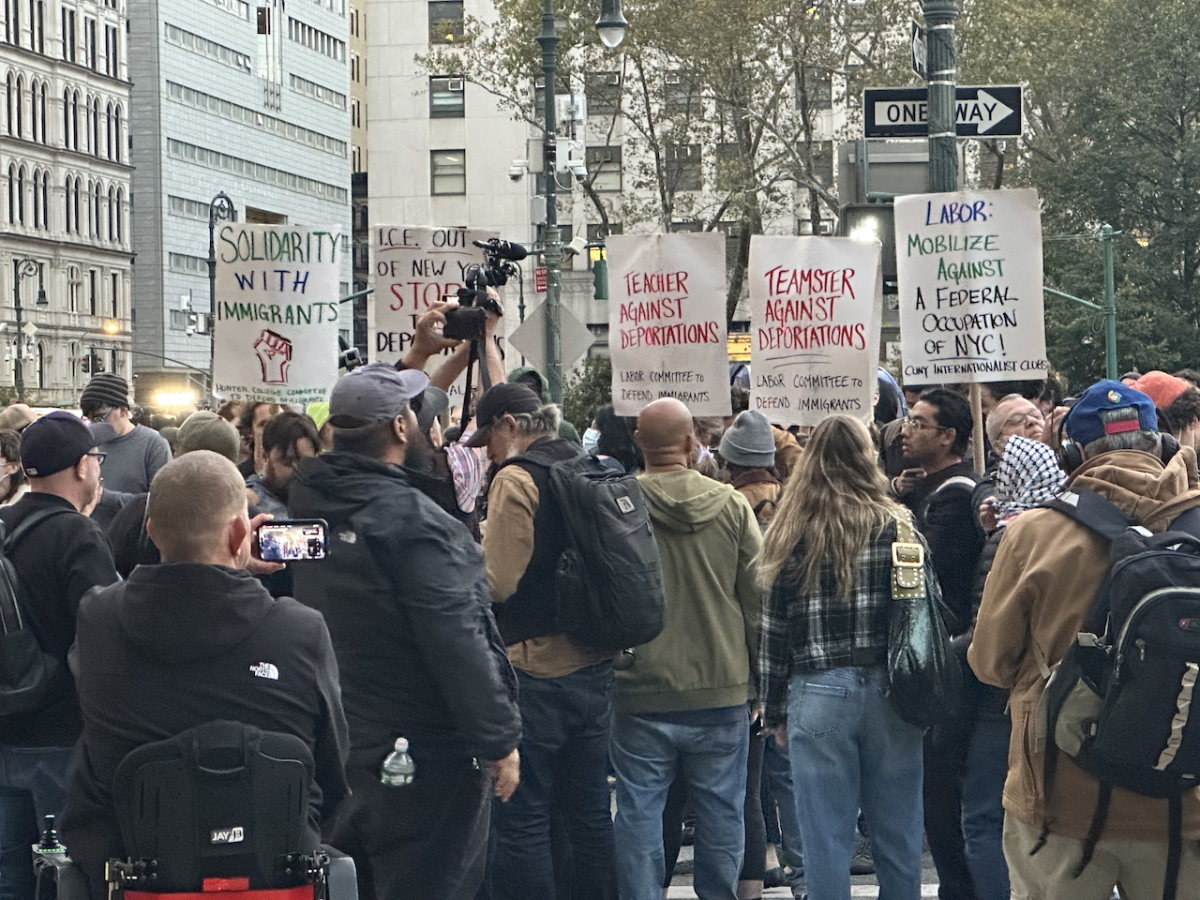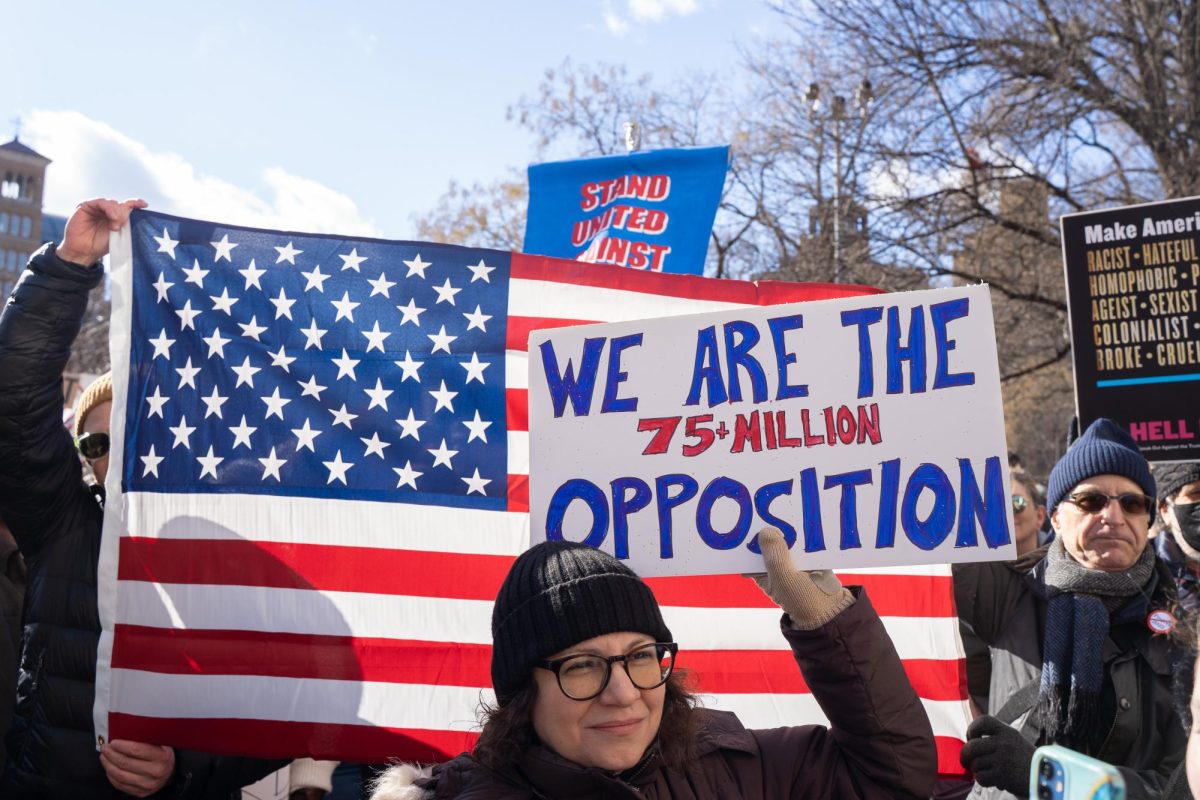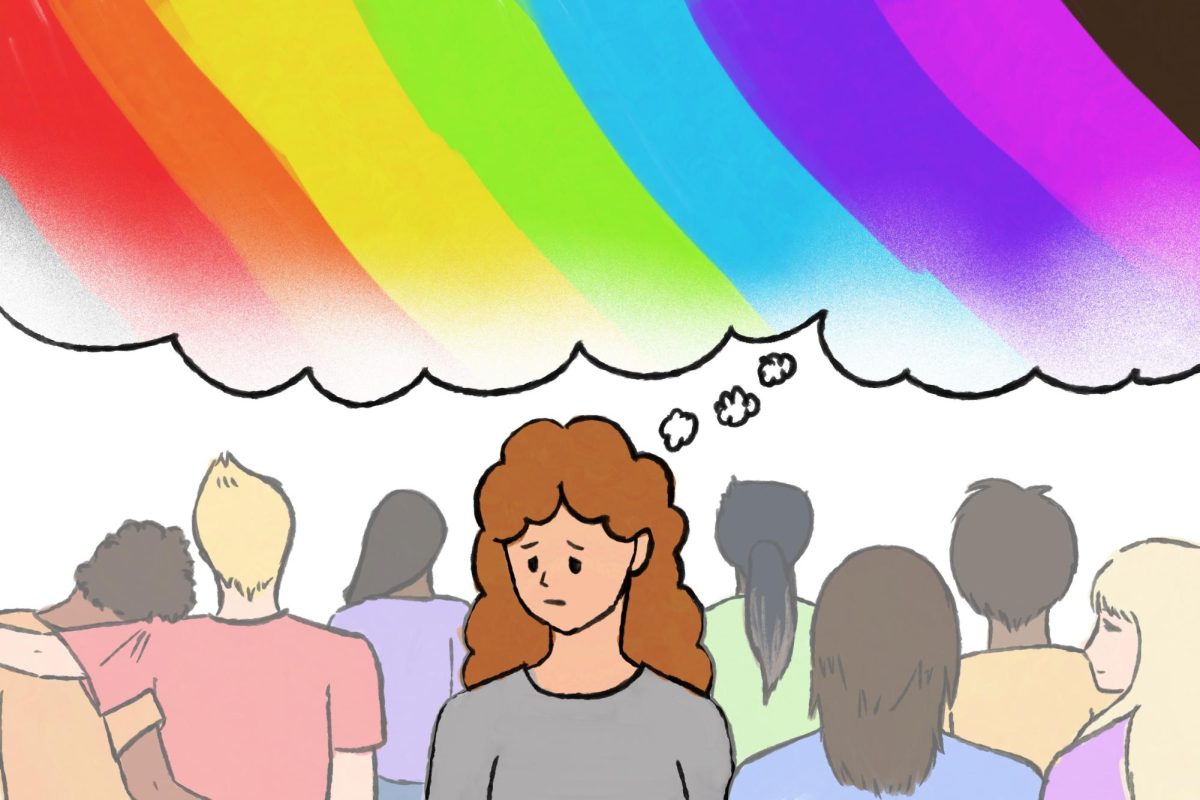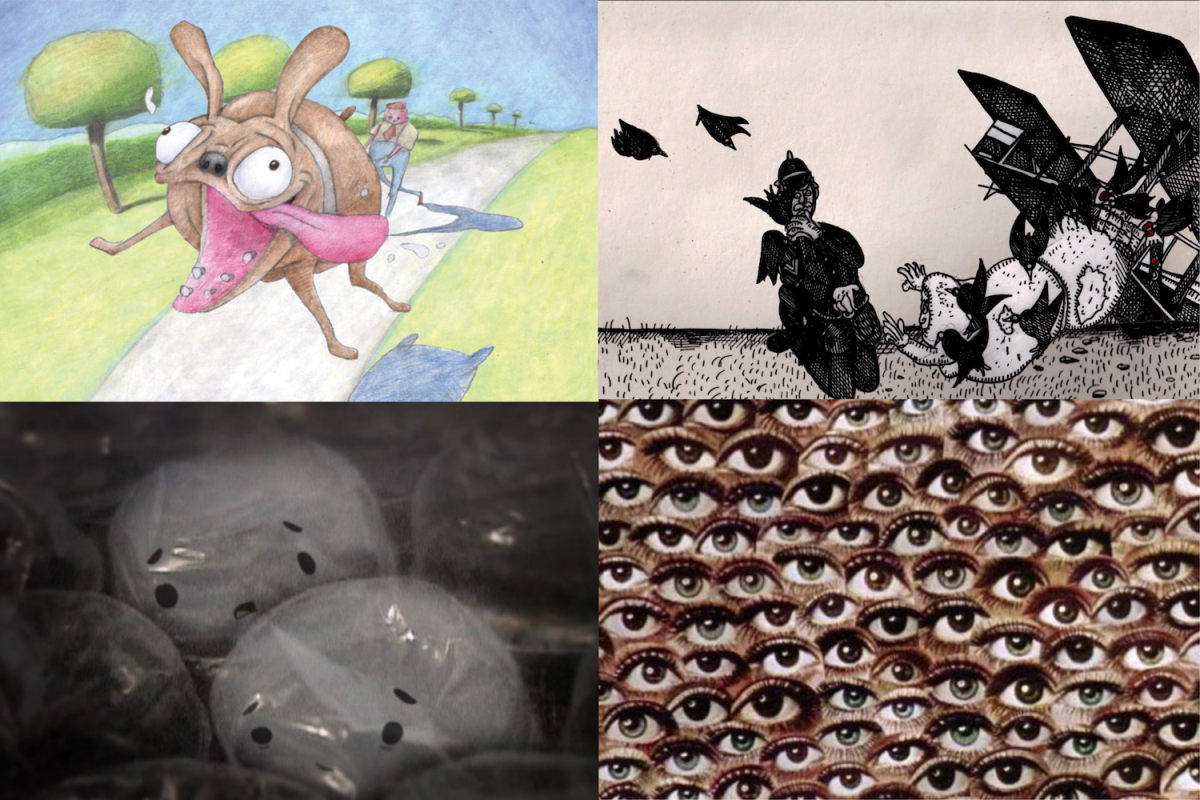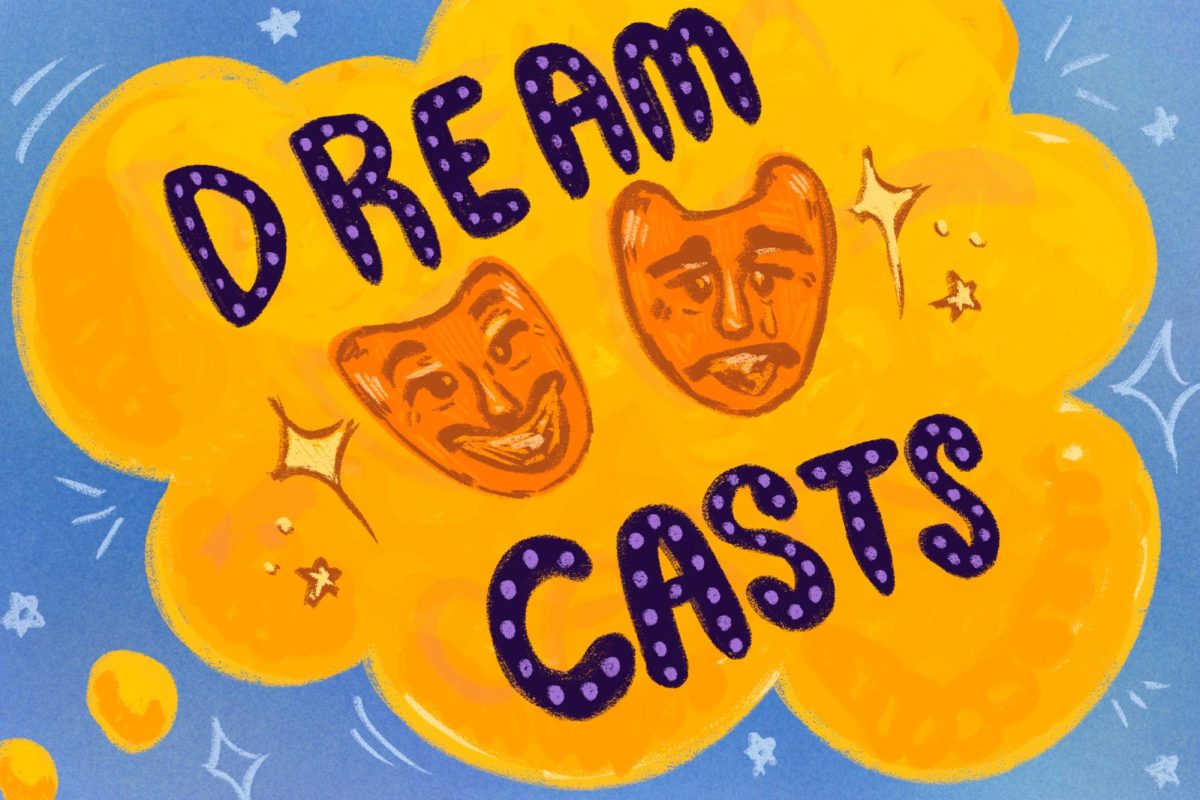Vaporwave: Songs for the Disaffected
April 5, 2018
When you grow jaded with bubblegum pop in an era of daily human rights abuses across the globe, when you grow angry with the consumption-driven theme of sex and fame, when you become sardonic at the punk rockers selling out 30,000-seat amphitheaters, what music do you listen to? Father John Misty, if you like smoking cigarettes and hearing something that sounds like David Foster Wallace if DFW was an incredibly talented performer.
If you’re too bitter for the hipsters, though — if their disillusionment still sounds like it’s played in a major key — vaporwave is the music for you.
This wave in music was born roughly around 2010 with the release of Daniel Lopatin’s album “Ecco Jams Vol. 1” under the pseudonym “Chuck Person.” The genre has a distinctive uncomfortable sound, eschewing traditional harmonic theory and purposely editing samples of rhythm and blues or Muzak tracks from the ’80s and ’90s until they’re muddied, pitchy and barely recognizable.
One of the most iconic tracks of the genre is Macintosh Plus’ “リサフランク420 / 現代のコンピュ,” which is effectively a slowed-down, chopped-and-screwed version of Diana Ross’ iconic “It’s Your Move.” The samples are overlaid with the sounds from PlayStation boot up tones, iconic Microsoft update noises and other chimes from video games and computer tech. Choruses are looped into endless oblivion.
Vaporwave revels in its lack of consumer appeal because at its heart, it is an openly anti-capitalist, anti-consumerist movement. Manifesting both as a musical genre and a visual style, it has proliferated around the globe. Creators shroud themselves in anonymity, preferring the global identity of the alienated masses rather than the neoliberal, self-motivated fame machines that are celebrities.
“Vaporwave” as a term is a combination of “vaporware,” technology that is marketed to consumers but never officially released, and a Marxist term describing ideas without backing that are repeated in perpetuity, as if saying them more makes them stronger, described as waves of vapor.
As Karl Marx himself would argue, anti-capitalist sentiment is a global phenomenon, accessible to any member of the proletariat with enough class consciousness to recognize their own despair. Vaporwave is the soundtrack for the alienated, the malcontent.
Even Vaporwave’s visuals mock a capitalist culture; Saint Pepsi, who now goes by Skylar Spence, one of the more popular artists in the movement, has an artist name poking fun at brand worship and videos filled with low-resolution commercials from the ’90s, women in bathing suits and large sunglasses sipping soda through bright straws. Frequently, graphics of shopping malls, Roman busts, tropical landscapes or East Asian landscapes are crudely pasted together, the more pixelated, the better. Album art looks like graphics designer for Microsoft from 1989 collectively threw their raw images onto a Lisa Frank coloring page.
Though Vaporwave has not instilled any direct action or organization around its dissonant jadedness, it has found a large global community online of listeners who rally around its sound. In an interview, Gallatin junior Emily Fong said that she likes the music for its curious origins and ironic parallels to the student body.
“Vaporwave is a fascinating genre because it started out from such a familiar NYU vantage point — avant garde upper middle class kids with free time and word of mouth knowledge of The Communist Manifesto,” Fong said.
Perhaps the next steps forward for vaporwave are that of organizing the exploited masses into a more revolutionary genre. Working title for this new movement — Commu-tunes.
A version of this article appeared in the Thursday, April 5 print edition. Email Hailey Nuthals at [email protected].

